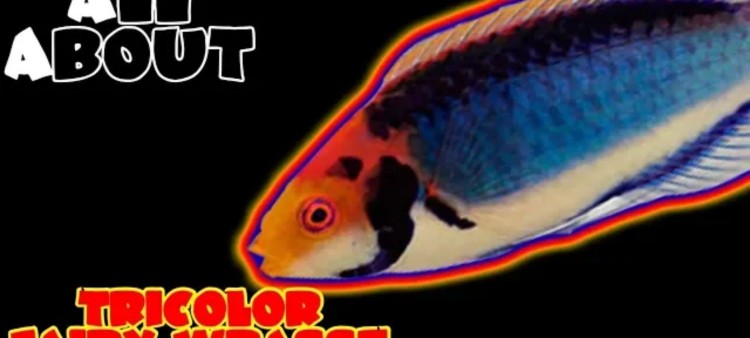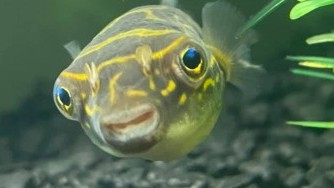Tricolor Wrasse: A Complete Care Guide
- Nov 08, 2021
- Anshika Mishra
- 581 0 0

In this article, we will be looking at all the information and care requirements you need to know about the Tricolor Wrasse, also known as the Red Head Solon Fairy Wrasse.
Prices: You will have to spend about $30 to $60 depending upon how colorful and big they are.
Tank Size: They are not big fish, a 30-gallon tank is enough to home them at the beginning, but when it grows to its maximum size, you will need to upgrade to a 75-gallon tank at max.
Care Level: Too easy. Nothing extra care is required.
Temperament: It is a very peaceful fish, often shy.
Reef Compatibility: Yes, it is a great reef fish, but you can't have him in a tank with no reef at all. It doesn't really matter.
Origin: They come from Indonesia.
Water Parmeter
- Temperature: 72-78 degrees Fahrenheit
- dKH: 8-12
- pH: 8.1-8.4
- Salinity: 1.020-1.025
Try to keep the water level stable as it will keep them healthy and their colors bright.
Appearance
Maximum Size: It is a 5-inch fish. So, if you have got a 5-inch fish in a 30-gallon tank, it will be pretty tight. So, you wouldn't want to upgrade once it gets that big.
Color: This fish is covered with a variety of colors. It has a blue body, redhead with orange and yellow mixed in there. In a nutshell, it is a really pretty fish to look at.
Diet
It is a carnivore fish. So, you can feed it anything from Mysis, brine shrimp, frozen cubes to flakes and pellets. They will eat pretty much everything you through into the tank.
Compatibility
It is not a popular pairing or school fish. But, if you want to put them with another wrasse, it normally isn't a problem. But, if you are still wondering about what you can put them with and you are scared, leave a comment, and we will let you know.
In general, however, it is a peaceful fish. It will not stick up on its own if it gets bullied.
Make Sure
Make sure you do have nice glass lids, covering every little inch of the tank up top, especially in the first couple of months. As they do have a tendency to jump out, and it will happen.
Make sure you have plenty of live rocks adn good little caves he can get under. Normally, these guys are not out in the open, swimming all day. Instead, they stay close to the rocks, swimming in and out of the caves.
You do not want really thick sand because he is a Wrasse, and they tend to bury themselves completely in the sand if they get scared or if they are sleeping at night. But, if you have got crushed coral in the substrate, they might hurt themselves. So, make sure that the substrate is soft and comfortable for them.






About author